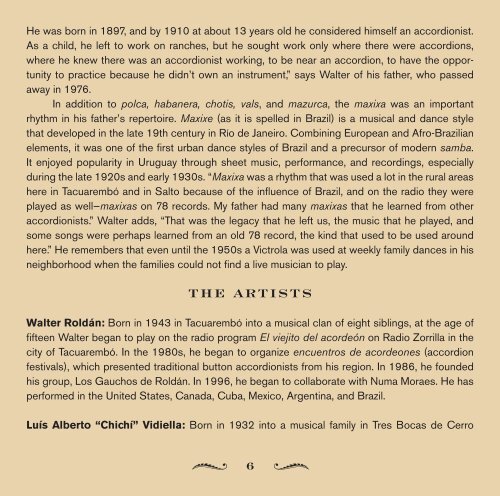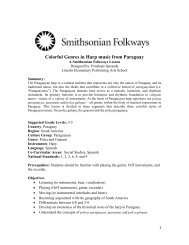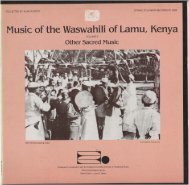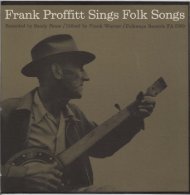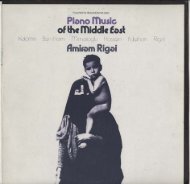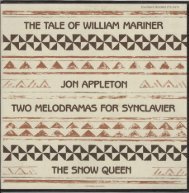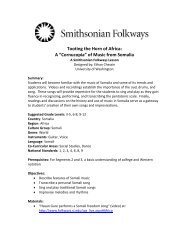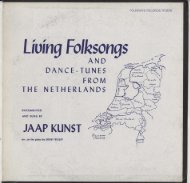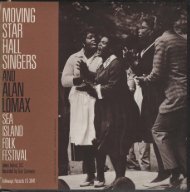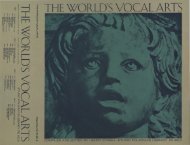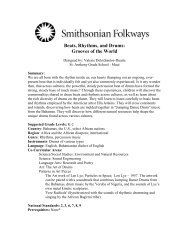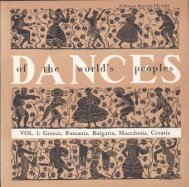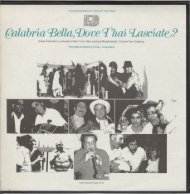4s 4s
4s 4s
4s 4s
Create successful ePaper yourself
Turn your PDF publications into a flip-book with our unique Google optimized e-Paper software.
He was born in 1897, and by 1910 at about 13 years old he considered himself an accordionist.<br />
As a child, he left to work on ranches, but he sought work only where there were accordions,<br />
where he knew there was an accordionist working, to be near an accordion, to have the opportunity<br />
to practice because he didn’t own an instrument,” says Walter of his father, who passed<br />
away in 1976.<br />
In addition to polca, habanera, chotis, vals, and mazurca, the maxixa was an important<br />
rhythm in his father’s repertoire. Maxixe (as it is spelled in Brazil) is a musical and dance style<br />
that developed in the late 19th century in Río de Janeiro. Combining European and Afro-Brazilian<br />
elements, it was one of the first urban dance styles of Brazil and a precursor of modern samba.<br />
It enjoyed popularity in Uruguay through sheet music, performance, and recordings, especially<br />
during the late 1920s and early 1930s. “Maxixa was a rhythm that was used a lot in the rural areas<br />
here in Tacuarembó and in Salto because of the influence of Brazil, and on the radio they were<br />
played as well—maxixas on 78 records. My father had many maxixas that he learned from other<br />
accordionists.” Walter adds, “That was the legacy that he left us, the music that he played, and<br />
some songs were perhaps learned from an old 78 record, the kind that used to be used around<br />
here.” He remembers that even until the 1950s a Victrola was used at weekly family dances in his<br />
neighborhood when the families could not find a live musician to play.<br />
THE ARTISTS<br />
Walter Roldán: Born in 1943 in Tacuarembó into a musical clan of eight siblings, at the age of<br />
fifteen Walter began to play on the radio program El viejito del acordeón on Radio Zorrilla in the<br />
city of Tacuarembó. In the 1980s, he began to organize encuentros de acordeones (accordion<br />
festivals), which presented traditional button accordionists from his region. In 1986, he founded<br />
his group, Los Gauchos de Roldán. In 1996, he began to collaborate with Numa Moraes. He has<br />
performed in the United States, Canada, Cuba, Mexico, Argentina, and Brazil.<br />
Luís Alberto “Chichí” Vidiella: Born in 1932 into a musical family in Tres Bocas de Cerro<br />
4 6 s


